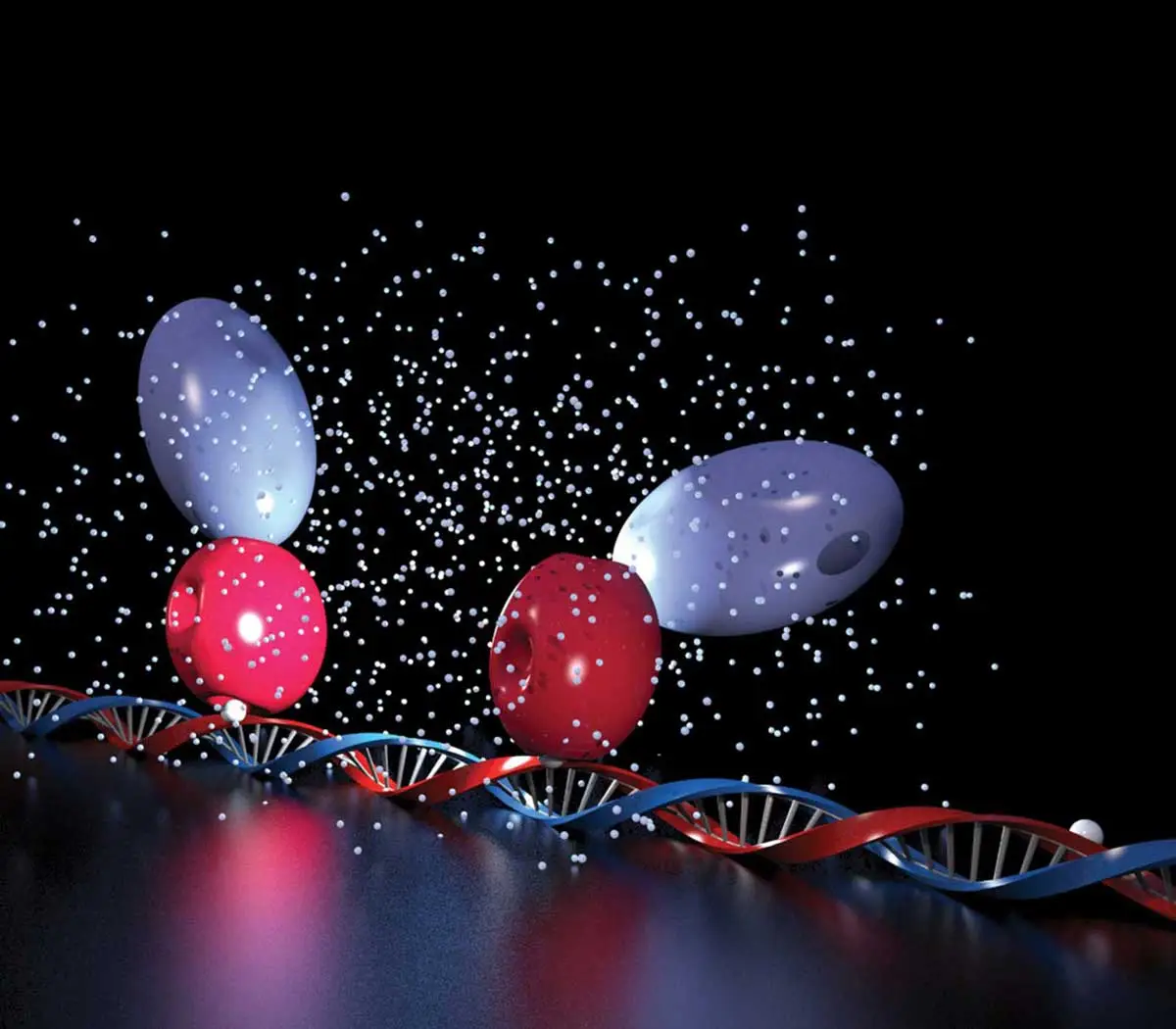Nucleic Acid Blotting Workflow
Purification, characterization, and identification of nucleic acids (DNA or RNA) often require analysis of the target in blotting applications. Nucleic acids are usually separated by size using gel electrophoresis and transferred to a membrane for detection using a complementary probe.
Nucleic acid blotting applications require high specificity. The probes used go a long way toward providing this specificity, due to the uniqueness of the target sequence but sensitivity also depends on the abundance of the target and the quality of the reagents available for detection.
Vector Laboratories supports your research by offering a wide range of reagents and kits for Nucleic Acid detection and analysis on blots.

Labeling
Label nucleic acid probes with tags such as biotin, digoxigenin (DIG), DNP, or fluorescein using one-step direct methods, thiol-based indirect labeling, or specific 5′ and 3′ end tagging techniques. The choice of label depends on many factors, including the sensitivity desired and instrumentation available for detection.
For more information, watch our video Nucleic Acid Labelling with PHOTOPROBE Biotin Kit.

Characterization
Purify labeled probes using affinity chromatography, then confirm probe customization and label incorporation. For example, purify biotinylated probes using agarose-immobilized Streptavidin and then use the QuantTag Biotin Quantitation kit to determine the number of biotin molecules incorporated in each strand of nucleic acid.

Hybridization
Apply the labeled probe to the blot to detect the target nucleic acid. Optimize the probe concentration and buffer conditions to ensure effective annealing to complementary sequences.

Blocking
Reduce non-specific binding of the detection reagents for the membrane with blocking reagents. Failure to do so can lead to background.

Detection
Apply the labeled detection reagent to the blot to detect the probe. Choose from avidin/streptavidin-, enzyme-, or fluorescence-based detection methods and kits.

Visualization
IF using an enzymatic detection method, visualize the labeled probe or antibody with an appropriate substrate for chromogenic or chemiluminescent/ chemifluorescent detection.

